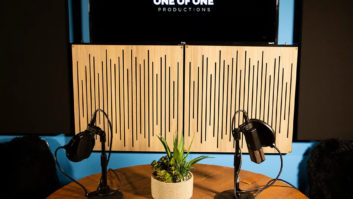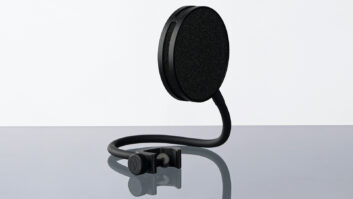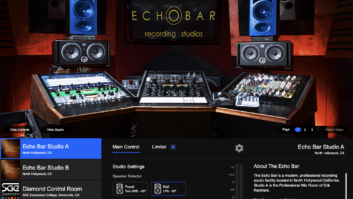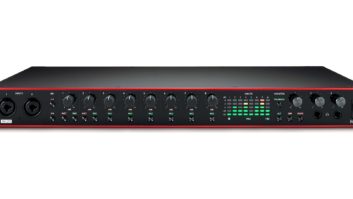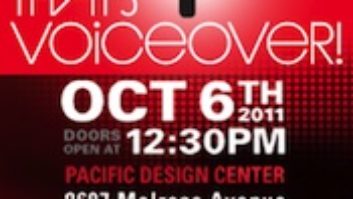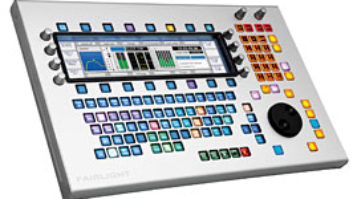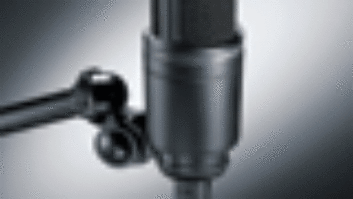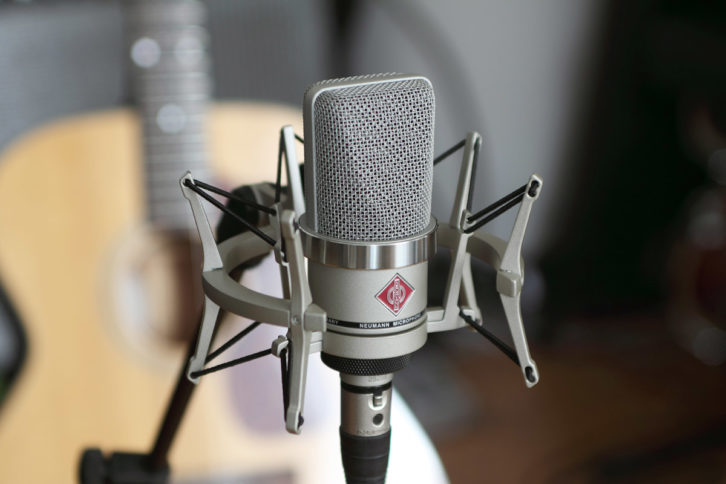

What do you do if you’re a working voice actor in a big city, and all of the studios you visit to do your work are temporarily closed? While some actors already had solid home setups at the start of 2020’s lockdown, most had cheap USB mics which had previously been just for auditions. Bad-sounding audio has never served anyone well, even at the audition level, but it was forgivable since on the day of the job, the actor would be in the studio in front of a professional voiceover microphone. With that scenario off the table, however, VO artists were suddenly scrambling to get “broadcast quality” from home. The question on everyone’s mind was “How do I create a home studio that’s solid but won’t leave me with a pile of expensive gear I may not need again when studios reopen?”
The truth is, a dependable voiceover microphone is a great thing to have around, regardless of whether there’s a worldwide pandemic on or not. There are wonderful mics at every price-point that will serve you well into the future. Not only can you affordably provide broadcast quality from home, but you will also forever have better-sounding auditions. Quality is now more important than ever, since it has to be assumed that what is heard in the audition is what should be expected for the actual session. Quality matters.
How To Choose Your Next Studio Microphone – The Complete Guide
There are a couple of voiceover microphones you see in every professional VO booth. They are the well-known, large diaphragm condenser microphones that cost a few thousand dollars, or the shotgun mic you see in film sets and ADR studios that happen to sound excellent for voiceover work, running around a thousand dollars. That’s great for the big studios, but for the working actor or VO artist, that kind of money for a mic might be a stretch—especially when you factor in treating a space to record in (which in many ways is more important than the mic itself), plus a decent interface and other peripherals.
So how do you sound big on a budget? If you want to stay with the brand you know from the studios you’ve worked in—and if your budget allows—you might consider the Neumann TLM 103, which retails for around $1,300. You can save even more by looking at the very popular Neumann TLM 102, which sells for $699. Both of these mics skip the selectable polar patterns of the larger U 87 (which you don’t need as a voice actor anyway), as well as the roll-off switch. Neither of those things are critical for recording voiceovers at home, and help lower the cost of the mic.
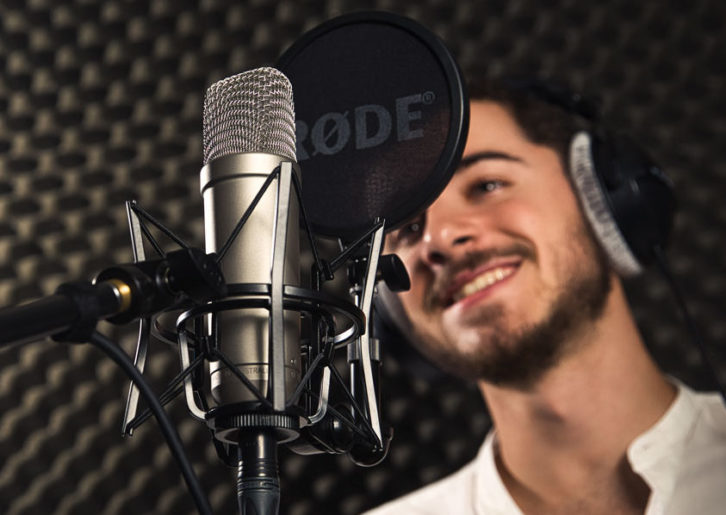
Low-cost large diaphragm condenser microphones are nothing new, but their quality and competitiveness has grown steadily over the years. Røde has been a hero for voice actors recording from home. Both the NT1 (which retails for $269) and the NT1A (which sells for $229) come with a shock mount and a pop-filter attached. The NT1 typically comes with a metal mesh pop-shield, but lately has been popping up with the more traditional round, nylon pop-filter. These both give an impressively warm and rich tone for the cost. Critics will point out that there is a harshness on the high frequencies, but as an NT1A owner, I have not found that to be the case for my voice. Both mics can deliver a wonderful proximity-effect bass boost when needed. In fact, in a recent national radio spot, knowing that the actor was using an NT1A, I directed her for one particular line to lean-in and talk directly into a corner of the mic to take advantage of that sound. These microphones were so popular at the start of the 2020 lockdown that for a time, they were hard to find!
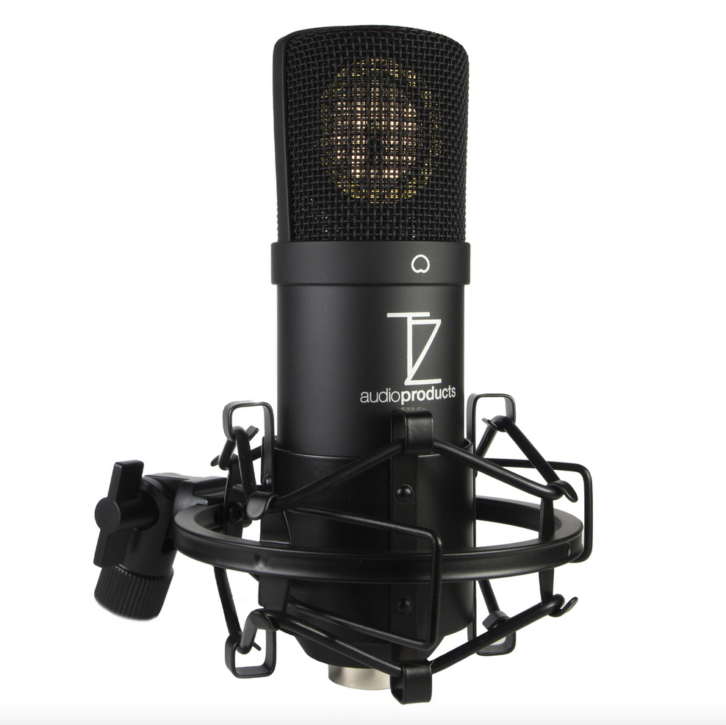
Having heard a demonstration in a YouTube video, I was very curious about the Stellar X2 mic from TZ Audio. This led me to reach out to the company via its website, and they assured me that they had plenty of inventory and were open for business. The Stellar X2 costs $199.99, and includes a sturdy carrying case, shock mount, wind screen (not a pop-filter) and a pouch. I am truly impressed with the sound coming from the actors that have it. It is comparable to the Rode NT1 in terms of smoothness. It is less bright, but still shimmers—and has a little less proximity effect than the Rode NT1 or NT1A. It is a solid little mic with a big sound!
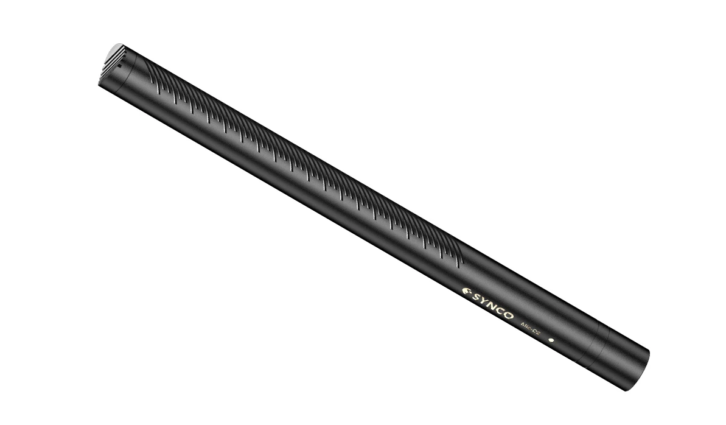
The Synco Mic D2 is an impressive shotgun-style mic, weighing in at $249. This has been a hero for actors that do more than just voice recording at home. Given that it’s designed for distance and focus, it’s perfect for self-taping for on-camera and keeping the mic out of the frame. Because of its hyper-cardioid directional condenser design, it does a great job at rejecting background noise and reflections. For many actors converting small city closets into voiceover booths, this can really help minimize reflections that cause comb filtering. Obviously, there is more to that issue than just the microphone, but the shotgun mic helps tremendously. As a point of reference, during lockdown, I recorded several national TV spots with well-known actors who sat in their cars in my driveway while the clients listened in via Source Connect and/or Zoom. With some careful placement in the vehicle, we got booth-quality sound while working in everything from Toyotas to Teslas—all thanks to the nature of a shotgun mic!
As previously mentioned, the right voiceover microphone is only one part of the equation. Your voice and recording space play a major role in the overall sound coming from your home to the world, but the mics mentioned are proven winners when used properly. With a price range from $199.99 up to $1,399; there is something for everyone, and you will sound excellent.
Frank Verderosa • www.frankverderosa.com
Frank Verderosa is a 30-year veteran of the New York audio industry, fighting the good fight for film studios, ad agencies and production companies, but secretly loves mixing music most of all. These days, he plies his trade at Digital Arts in NYC, and is also a noted podcast engineer.
